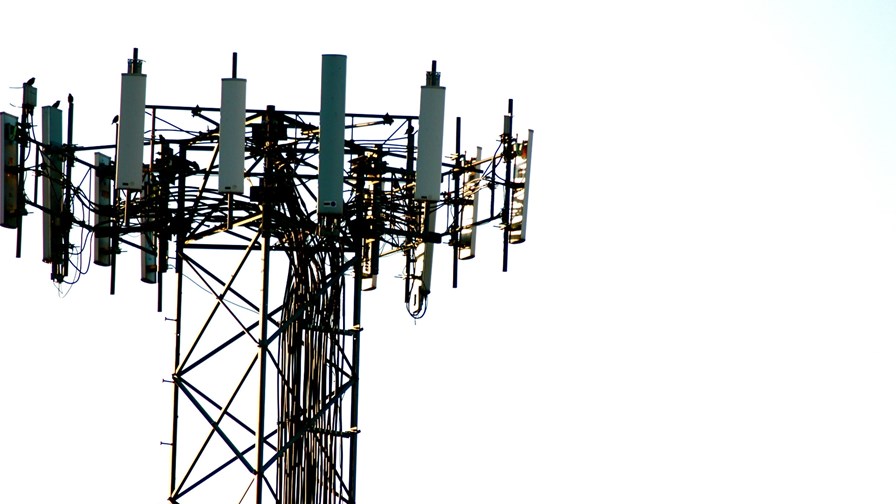
via Flickr © Scott Meis Photography (CC BY-ND 2.0)
- Group forms to define 'beam management' for software-defined antennas
- Beamformers will be indispensable to widespread 5G implementation...
- ... but need to be part of the 3GPP standard
Pivotal Commware - which claims it was the inventor of Holographic Beam Forming - says it’s joined forces with leading carriers and OEMs to hammer out 3GPP standards associated with 5G beamforming.
According to Pivotal, new technologies and millimeter wave spectrum allocations have made beamforming antennas both commercially feasible and necessary to deliver on 5G. Until 5G, antennas were directed by upper layer functionality. Now, software-defined antennas (SDAs) acquire information about the mobile user environment that determines beam shaping and steering, and negotiate as full partners with upper layers to optimize the link, it claims.
“In my career, the antenna has always been the Cinderella of wireless communications. Now, it’s finally going to the ball,” said Brian Deutsch, CEO of Pivotal Commware. “Beamformers offering low cost, size, weight, power and the ability to conform to curved surfaces found in street furniture, will be indispensable to widespread 5G implementation and need to be part of the 3GPP standard.”
3G and 4G spectrum rely on limited antenna down-tilt functionality standardized outside of 3GPP by the Antenna Interface Standards Group (AISG). Because advanced beamforming will be integral to 5G, 3GPP is relying on Pivotal and other 3GPP delegates to define an abstraction layer of beam options supported by an open interface. This way, interoperability can be maximized among technology and component providers for integration in both network equipment and test equipment.
“Software-defined antenna technology like HBF has turned the humble antenna from servant to shot-caller in next-generation wireless,” says Alex Katko, Ph.D., director of product engineering for Pivotal Commware. “3GPP delegates have determined that beamforming capabilities range from fundamental to advanced. It’s critical to 5G equipment interoperability that fundamental capabilities are standardized rather than left to proprietary implementations.”
Email Newsletters
Sign up to receive TelecomTV's top news and videos, plus exclusive subscriber-only content direct to your inbox.




